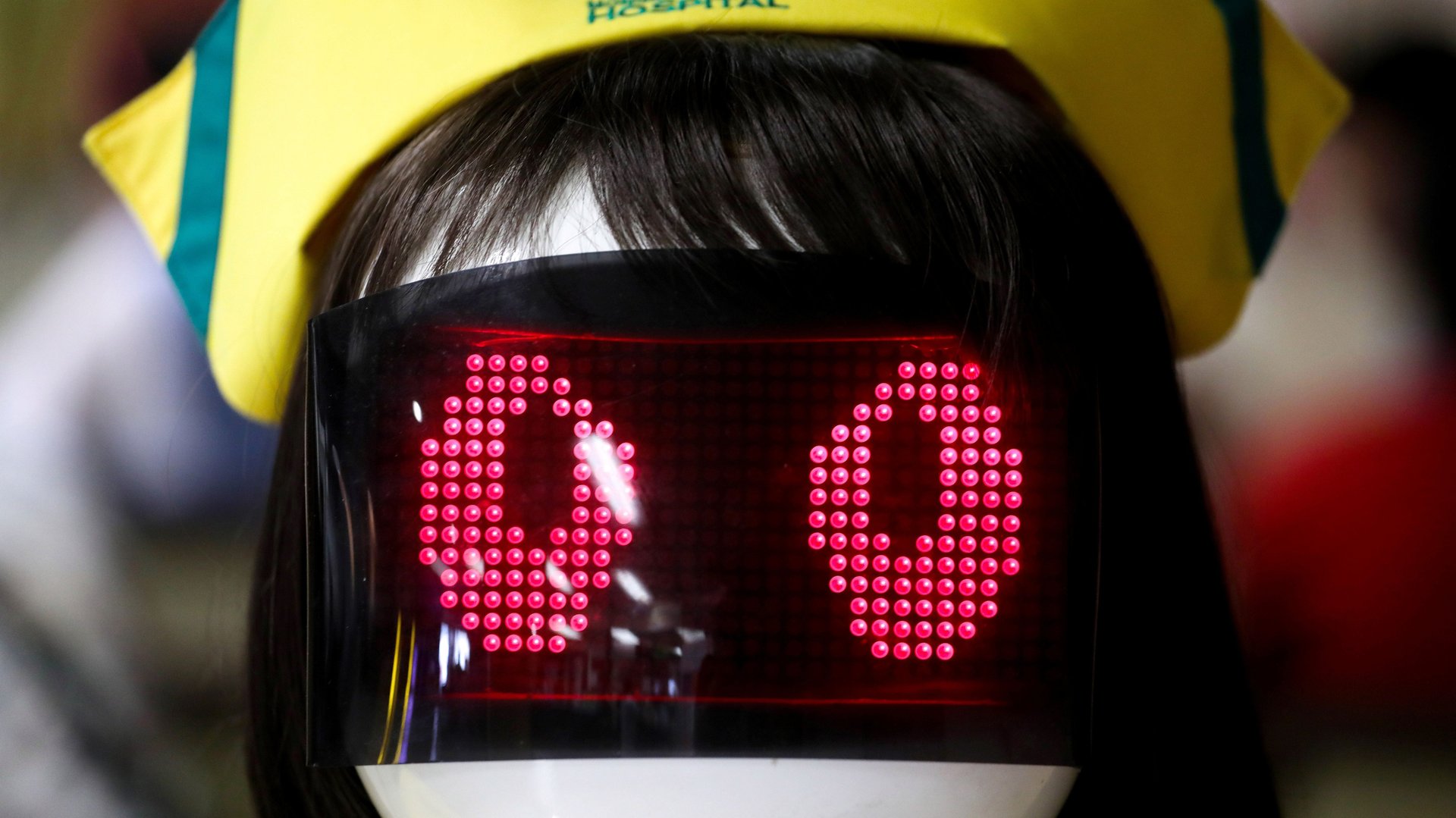China has produced another study showing the potential of AI in medical diagnosis
A new study from China has found that an AI system can best some doctors when it comes to diagnosing common childhood diseases. The study, published in Nature Medicine yesterday (Feb. 11), was co-authored by a long list of Chinese and American researchers, and is just one of the latest from China to look at the use of AI in medical diagnostics.


A new study from China has found that an AI system can best some doctors when it comes to diagnosing common childhood diseases. The study, published in Nature Medicine yesterday (Feb. 11), was co-authored by a long list of Chinese and American researchers, and is just one of the latest from China to look at the use of AI in medical diagnostics.
The study trained a deep-learning system on 101 million data points generated from the electronic records of 1.3 million patient visits to a medical center in Guangzhou. Researchers found that the AI system was able to meet or outperform two groups of junior physicians in accurately diagnosing a range of ailments, from asthma and pneumonia, to sinusitis and mouth-related diseases. The AI was also able to meet or exceed diagnostic performance with some groups of senior physicians, for instance, in the category of upper respiratory issues.
In some cases, the system was able to diagnose conditions with 90 to 95% accuracy. In no category did the AI model dip below a diagnostic accuracy rate of about 79%, higher than one group of junior physicians, but lower than the other. Senior doctors overall did better than the AI system.
One limitation to the study, however, is that the researchers pulled all their data from visits to a single medical facility in China, which raises questions about its applicability outside the country and even the Guangzhou facility itself. (As is often the case with AI systems, the algorithm tests the same source data the model is based on, raising further questions about reproducibility.)
Still, the study adds to the growing body of research demonstrating AI’s benefits when it comes to diagnostics. For example, research published last October, also from China, showed another algorithm accurately predicted 88% of the time whether patients in a vegetative state would wake. That came a few months after the US Food and Drug Administration approved an AI-powered system to diagnose diabetic retinopathy, which can lead to blindness if left untreated.
Other work has also shown the usefulness of AI in image-based diagnostics—last year, an AI system beat out doctors in accurately diagnosing brain tumors in a competition in Beijing. It’s important to note, however, that these systems are more likely to serve as helpful diagnostic tools for doctors than to replace their judgement completely any time soon.
It’s hardly a surprise that much of this research is coming from China. The country has invested massive amounts of funding in AI research, with the number of government-affiliated papers on the subject jumping 400% since 2007. Using this technology to boost medical care is of particular importance, as the country looks to standardize care across rural and urban areas, deal with an aging population, and improve the efficiency of a health care system in need of far more doctors and nurses.